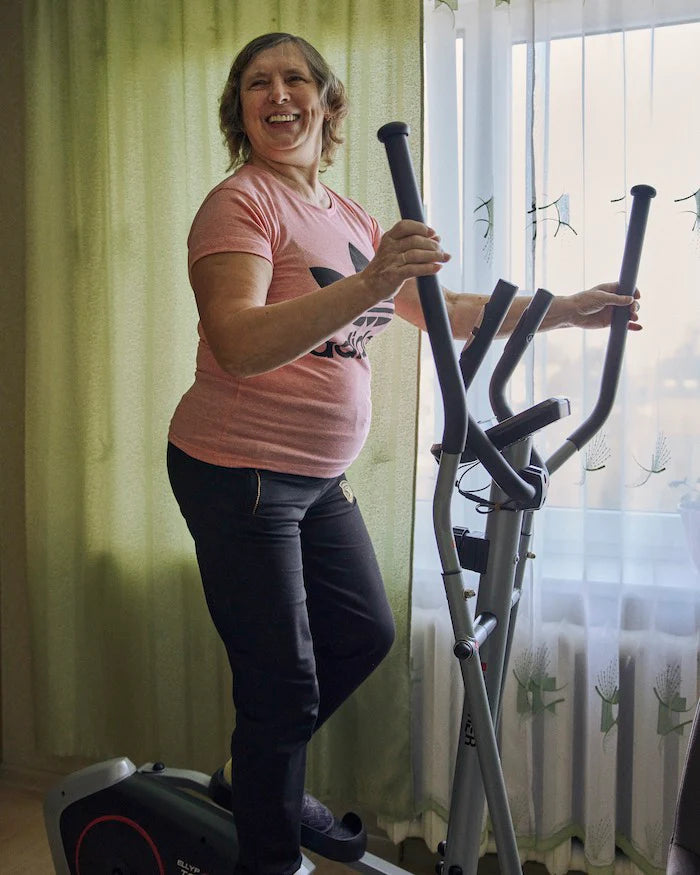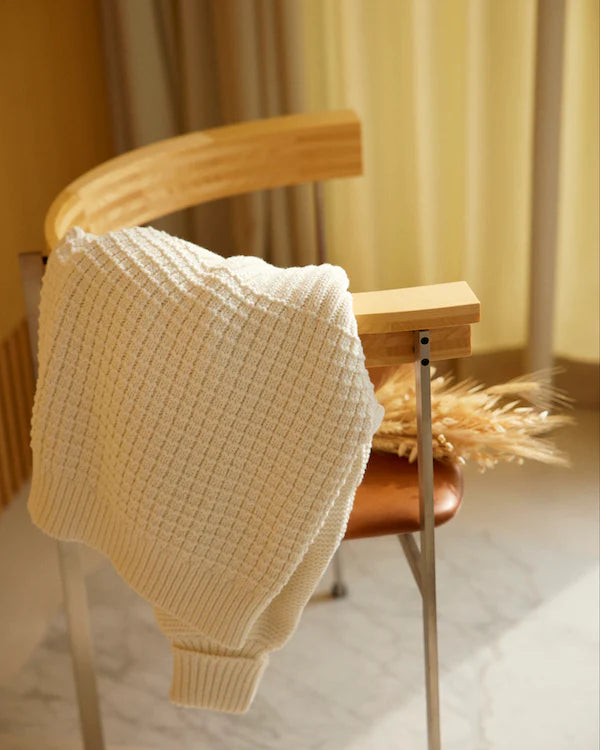
FREE WORLDWIDE SHIPPING ON ORDERS OVER $150
FREE WORLDWIDE SHIPPING ON ORDERS OVER $150
Use less text on mobile!
Call attention to a special discount, feature, or promotion here.
WE'RE CROWDFUNDING! BECOME A CO-OWNER OF THE KNOTTY ONES HERE.
WE'RE CROWDFUNDING! BECOME A CO-OWNER OF THE KNOTTY ONES HERE.
WE'RE CROWDFUNDING! BECOME A CO-OWNER OF THE KNOTTY ONES HERE.
WE'RE CROWDFUNDING! BECOME A CO-OWNER OF THE KNOTTY ONES HERE.
Use less text on mobile!
Call attention to a special discount, feature, or promotion here.
WE'RE CROWDFUNDING! BECOME A CO-OWNER OF THE KNOTTY ONES HERE.
WE'RE CROWDFUNDING! BECOME A CO-OWNER OF THE KNOTTY ONES HERE.
FREE WORLDWIDE SHIPPING ON ORDERS OVER €150
FREE WORLDWIDE SHIPPING ON ORDERS OVER €150





















































